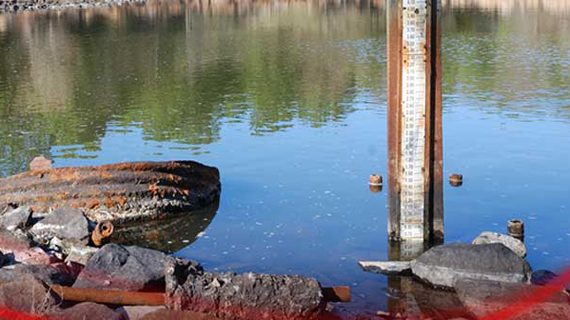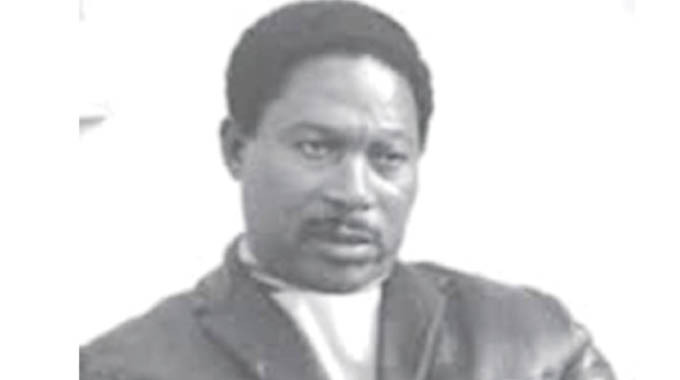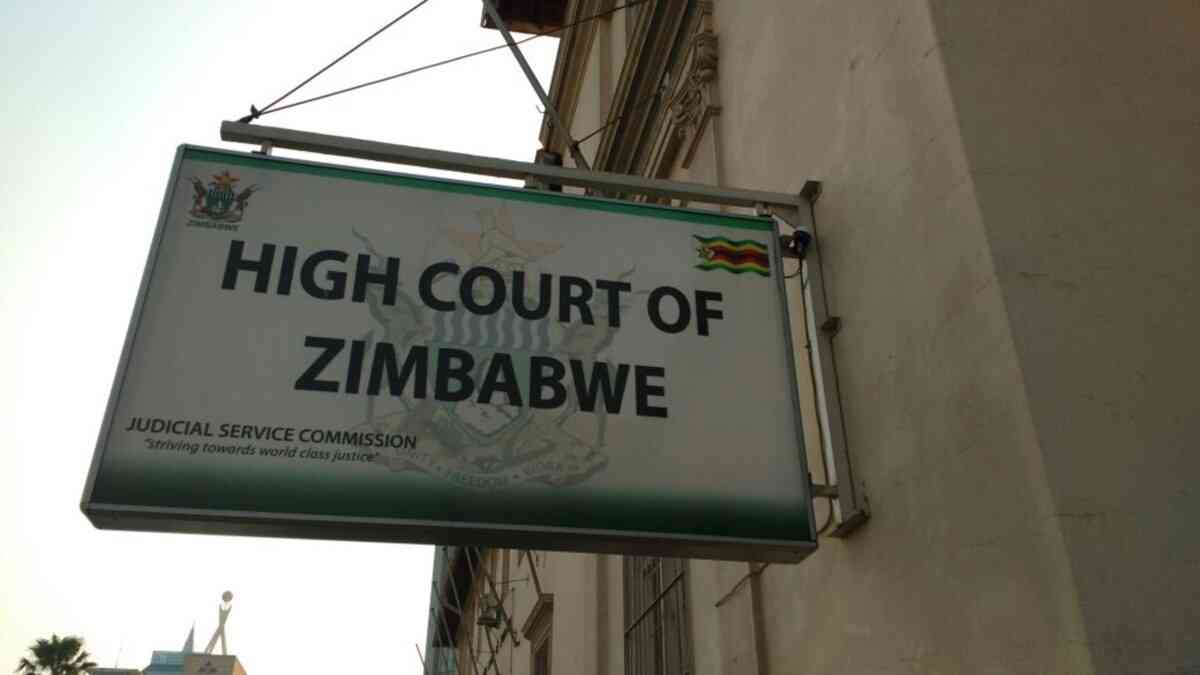
THE Bulawayo City Council has begun pumping water from the Nyamandlovu Aquifer to augment the city’s six supply dams which stood at 77,45% capacity as at yesterday. CHIEF REPORTER
In a brief note on its official Facebook page, the local authority yesterday said the volumes from the aquifer were still low.
“We have also started pumping from the Nyamandlovu Aquifer although it’s currently still at a low rate,” the note read.
It was not immediately clear how many boreholes are operational.
As of yesterday, Insiza Mayfair and Mtshabezi dams were still 100% full, Lower Ncema (79,2%), Umzingwane (66,7%), Upper Ncema (66,14%) and Inyankuni at 26,44%.
The six supply dams last reached these levels 15 years ago when a combined 92,23% capacity was recorded.
According to the latest council report, of the 77 boreholes drilled in Nyamandlovu, 56 were rehabilitated by the United Nations Children’s Fund (Unicef) in 2010.
The report indicated that 20 boreholes were currently operational supplying an average of 1,37 megalitres per day to the city.
- Chamisa under fire over US$120K donation
- Mavhunga puts DeMbare into Chibuku quarterfinals
- Pension funds bet on Cabora Bassa oilfields
- Councils defy govt fire tender directive
Keep Reading
The Nyamandlovu boreholes, if fully operational, can supply the city with 16 cubic litres of water a day, which translates to a tenth of the demand, according to studies.
With significant inflows recorded during the rainy season, council resolved to suspend water-shedding while water rationing remained in force.
Both are subject to review at the end of the rainy season.
Water rationing limits in low-density areas are still pegged at 350 litres per day, high-density (3 00L per day), cottages (2 00L per day) and residential flats with individual meters (3 00L).
Bulawayo has over the years been facing perennial water shortages which have been attributed to residential expansions demanding more water supplies while no new dams have been built.
The city’s population currently stands at about 1,5 million and the last dam to be built was commissioned in 1976.










